A group aiming to battle food waste planted 162 fruit trees in low-income Portland neighborhoods last year — and they’re hoping their efforts are fruitful in more ways than one.
In the spring of 2023, the Portland Fruit Tree Project, funded by a $34,000 grant from the charity One Tree Planted — partnered with local organizations to find community members interested in adding fruit trees to their gardens in historically low-income neighborhoods.
Founded in 2007, the PFTP initially began as a response to food waste, connecting overwhelmed homeowners with prolific fruiting trees with neighbors and community organizations that could use the produce. The group hosted volunteer harvest parties and fruit preservation workshops and taught general fruit tree care. Today, the majority of harvests are picked and made available to local community organizations, with a portion going to harvest volunteers.
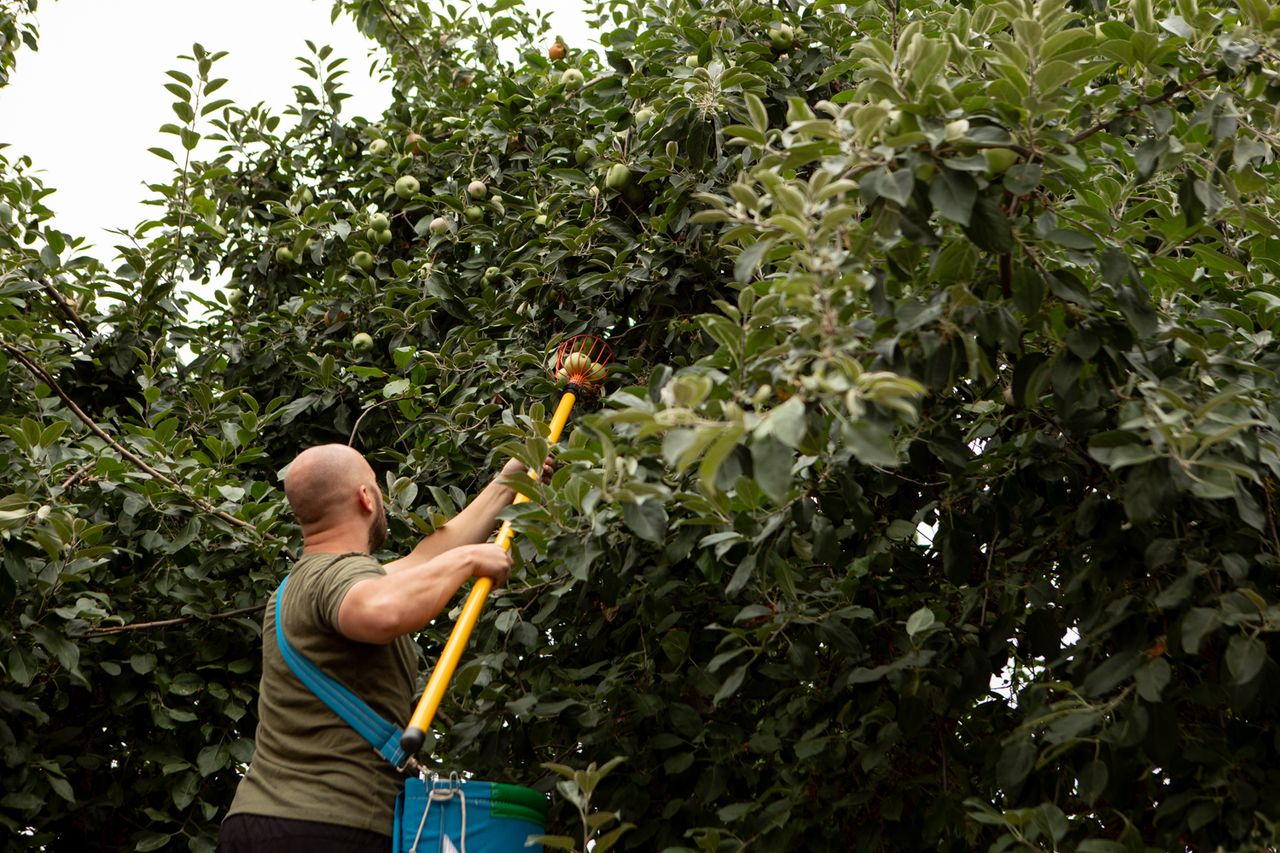
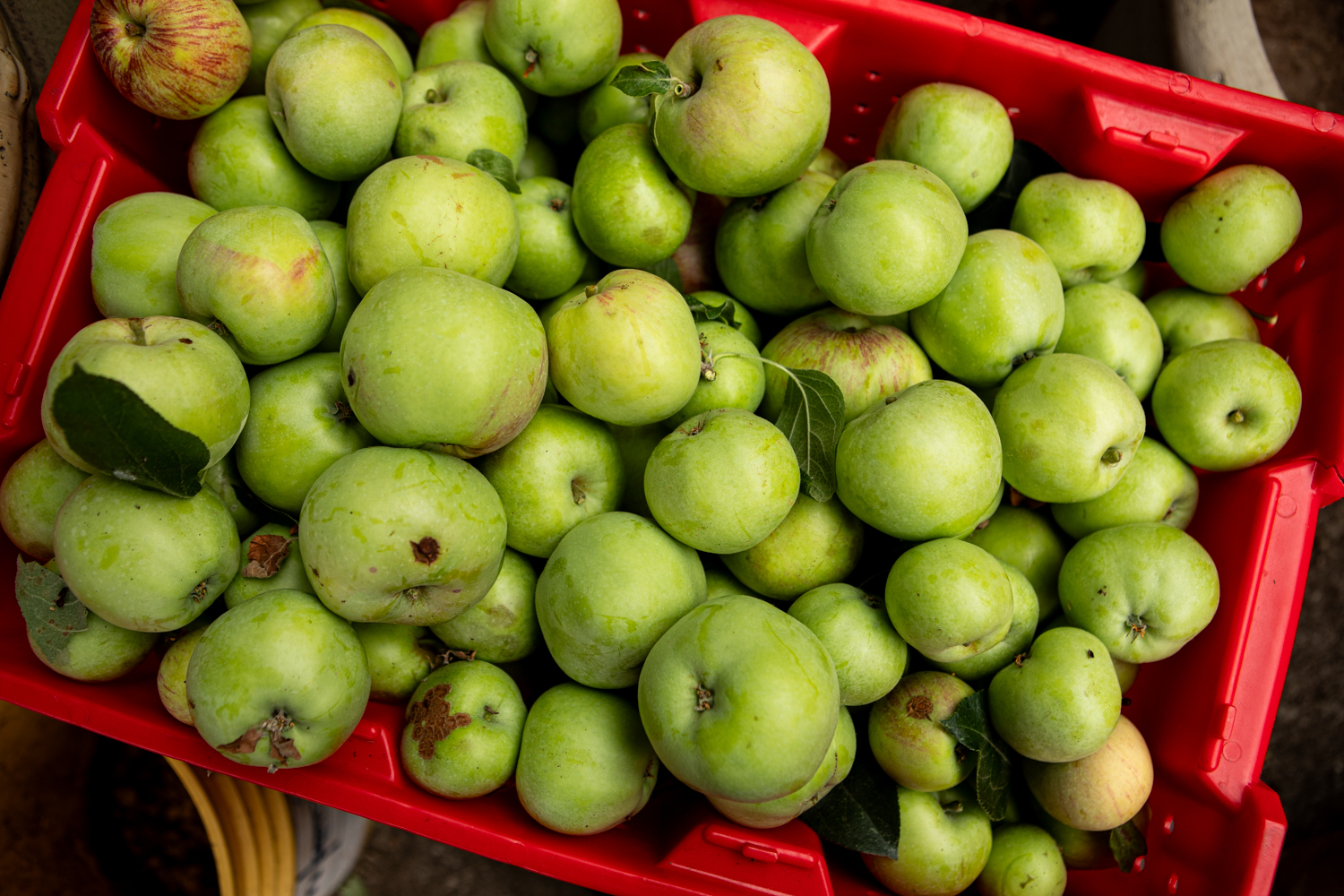
“When we take care of all of these trees, they produce better fruit,” says PFTP Executive Director Heather Keisler Fornes.
When Keisler Fornes started with the program in 2020, every homeowner PFTP worked with was white. Funders questioned who the group was serving. So PFTP broadened its focus to lower-income areas with fewer trees, where “climate change is felt more quickly and extremely.”
“While we’re making all of these trees great in the areas that people have them, let’s also figure out who doesn’t have them,” Keisler Fornes said.
The group turned to a measurement designed by the organization American Forests called the Tree Equity Score. The score uses factors like an area’s tree canopy, income and racial demographics, surface temperature and overall health to designate a number from 0 to 100. The lower the number, the more vulnerable the area is to the negative effects of climate change.
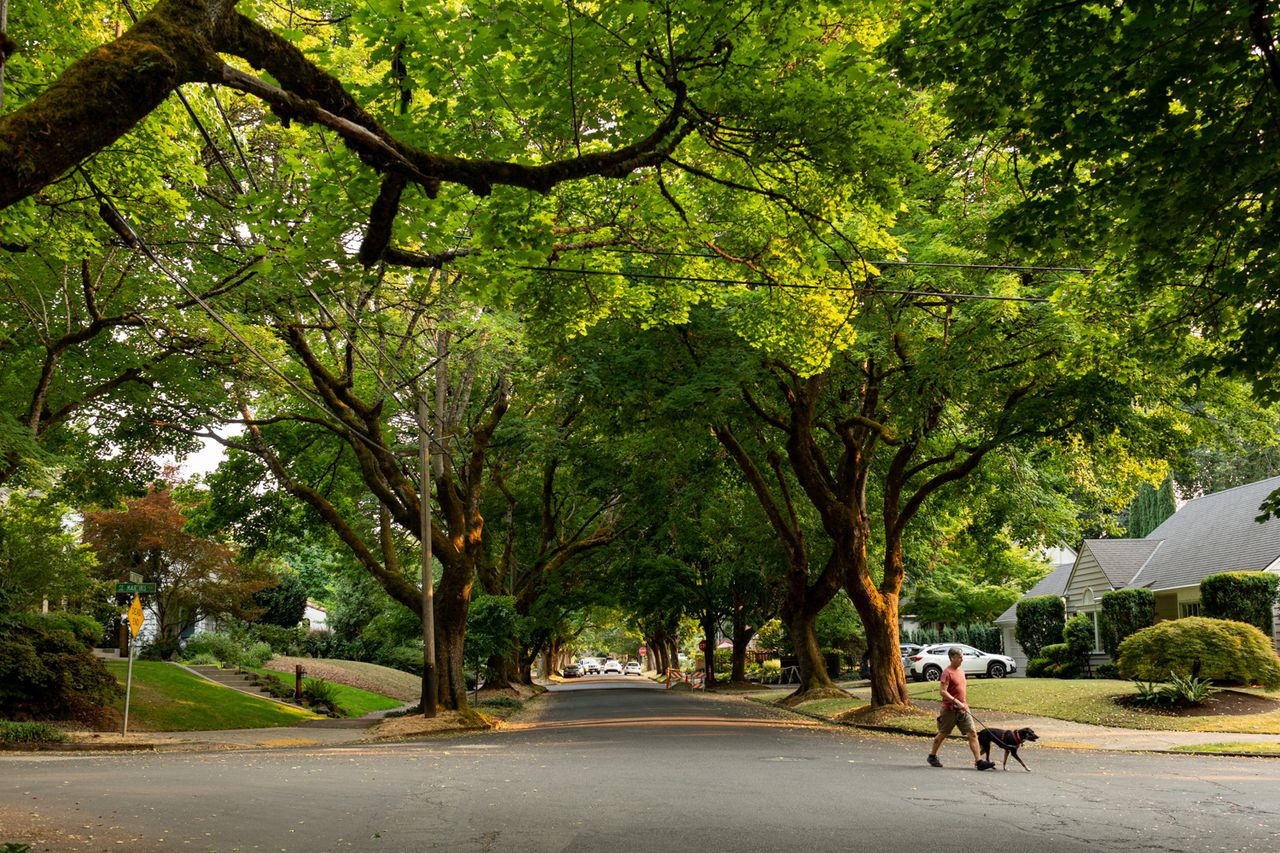
In Irvington, an affluent northeast Portland neighborhood, hundred-year-old trees tower over parks and throughout idyllic neighborhoods with wide, calm streets and greenways. In these areas, the tree equity score is often 100 or close to it.
In neighborhoods like Centennial, on Portland’s eastern border, the trees are sparser and old growth has been removed. It’s less common to see pedestrian- and bike-centric infrastructure, and many streets don’t have sidewalks at all. These areas, where the tree equity score can dip to the 50s, have become heat islands, according to Oregon Metro.
These neighborhoods, which bear the brunt of the changing climate and are disproportionately affected by heatwaves, pollution and other environmental hazards, have also historically been home to more low-income, unhoused and immigrant residents.
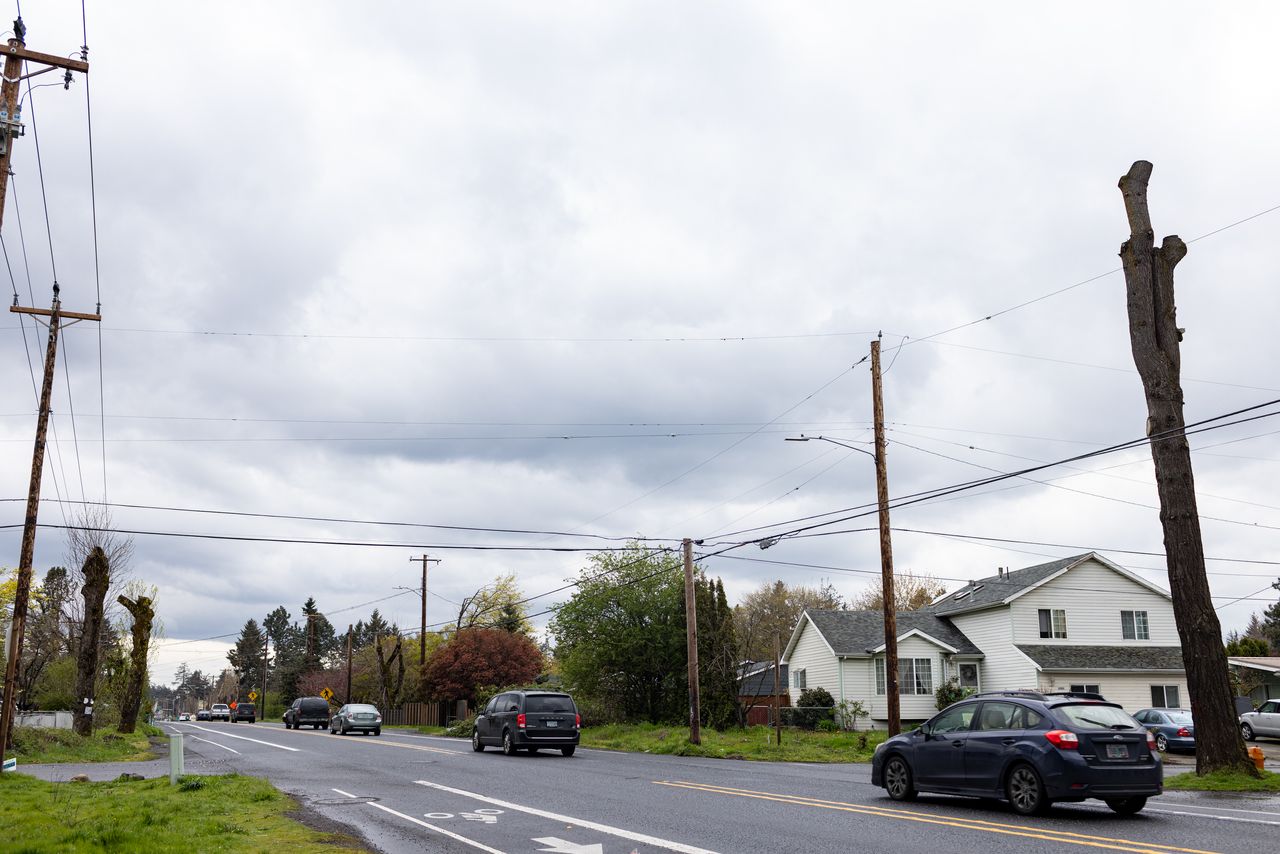

By focusing on adding fruit trees, in particular, to mitigate the tree canopy gap, the PFTP can create more opportunities for food sovereignty.
PFTP’s collaboration with the Asian Pacific American Network of Oregon and with Growing Gardens resulted in the planting of 162 fruit trees in southeast Portland.
PFTP workers do their biannual maintenance checks on fruit trees they’ve planted there — pruning, training, and giving advice as needed. A few didn’t make it through the summer, but the majority are slowly getting established.
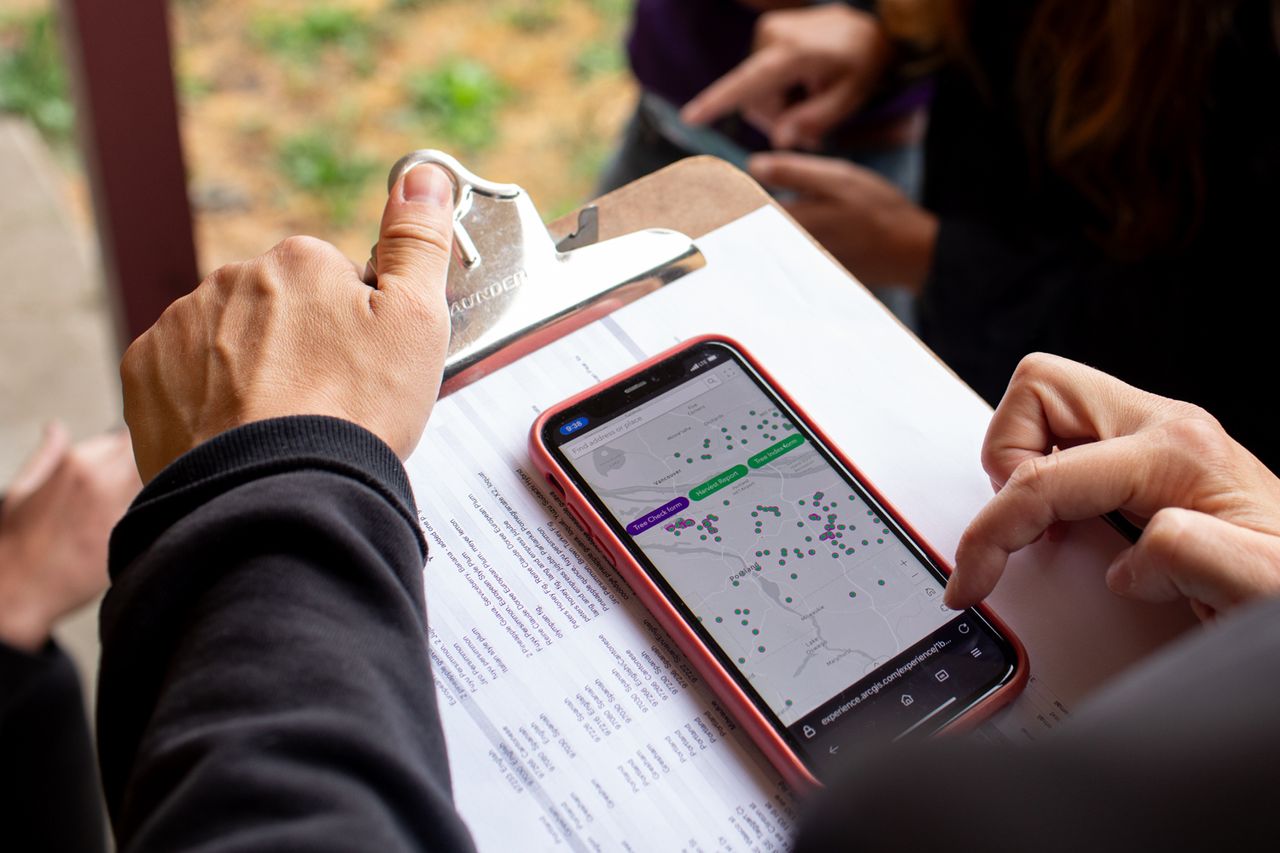
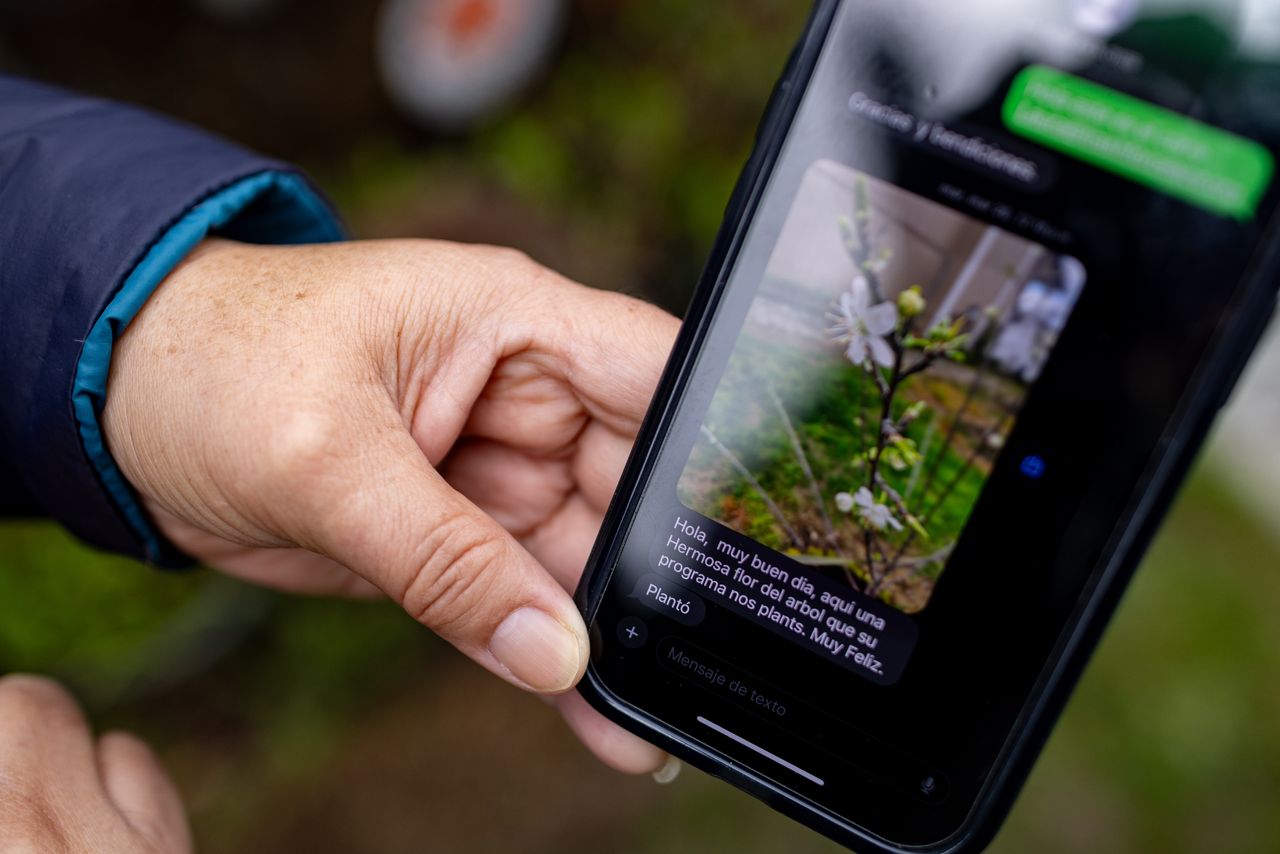
“People will talk about [how] fruit trees are small,” said Keisler Fornes. “Some of us who live out in these low-canopy neighborhoods don’t want to plant a bunch of large farm trees. … There was a clear preference for fruit trees from communities of color and the different immigrant communities that were asked specifically in East Portland.”
When community members chose their fruit trees and shrubs in the fall of 2022, the most popular picks were pineapple guavas (technically a shrub that can grow to 15 feet high) and figs, but some tried their luck with bananas and yuzu citrus.
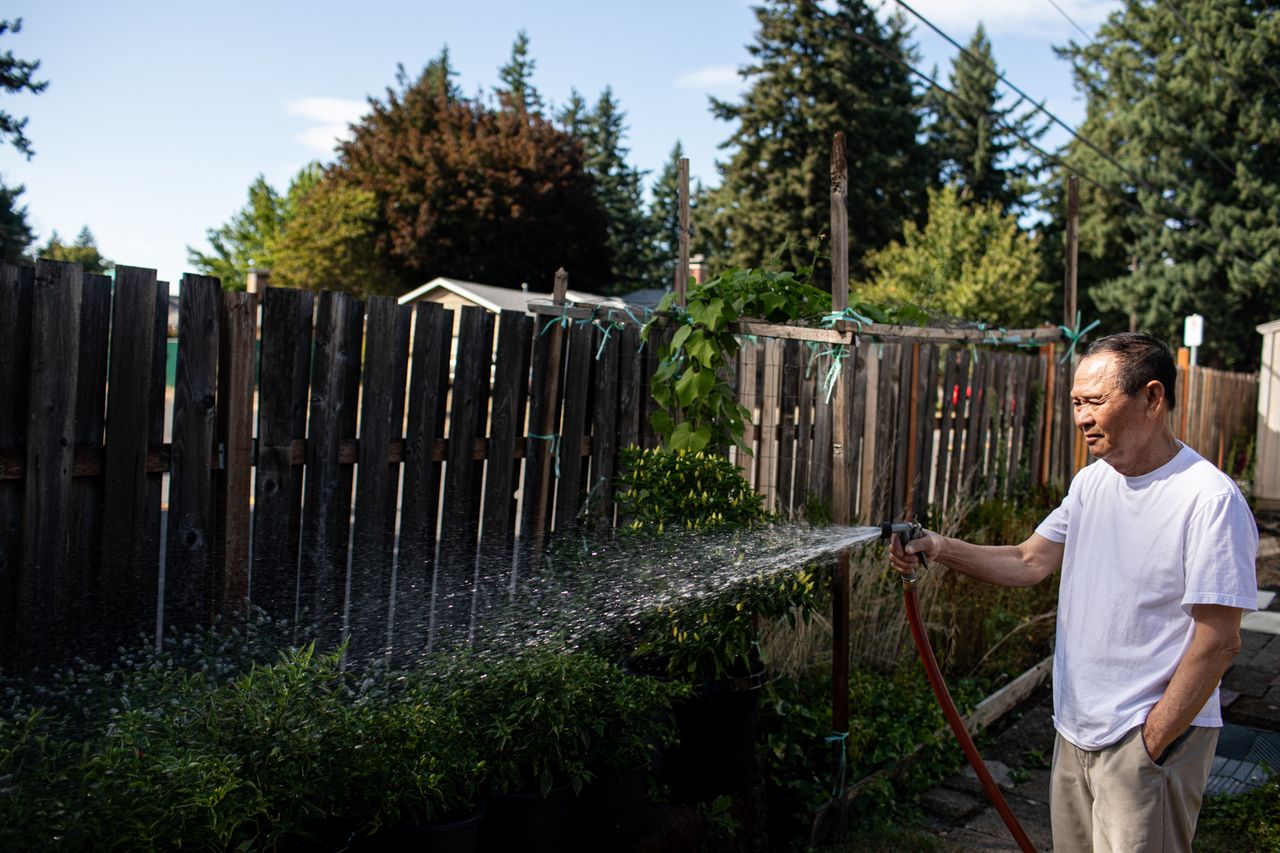
Hai Vo, who has lived in his Southeast Portland home since 2002, proudly waters his garden and checks in on the fuyu persimmon and pineapple guava he received from PFTP. His grass looks pale and brittle everywhere except around his new plantings — he’s watered his trees to get them established.
Many of the homeowners who received trees are seasoned gardeners for whom planting trees wasn’t necessarily an issue of knowledge, but of access.
“Part of the thing that makes you so aware of that is how well they took care of their plants,” says Sadie Wechsler, PFTP’s tree care manager. “For us, getting to work with all these communities — it felt like, ‘Oh, this is what we should have been doing all along.’”
- SEO Powered Content & PR Distribution. Get Amplified Today.
- PlatoData.Network Vertical Generative Ai. Empower Yourself. Access Here.
- PlatoAiStream. Web3 Intelligence. Knowledge Amplified. Access Here.
- PlatoESG. Carbon, CleanTech, Energy, Environment, Solar, Waste Management. Access Here.
- PlatoHealth. Biotech and Clinical Trials Intelligence. Access Here.
- Source: https://www.huffpost.com/entry/portland-food-waste-climate-change-fruit-trees_n_6656509be4b0f5ad55988800
